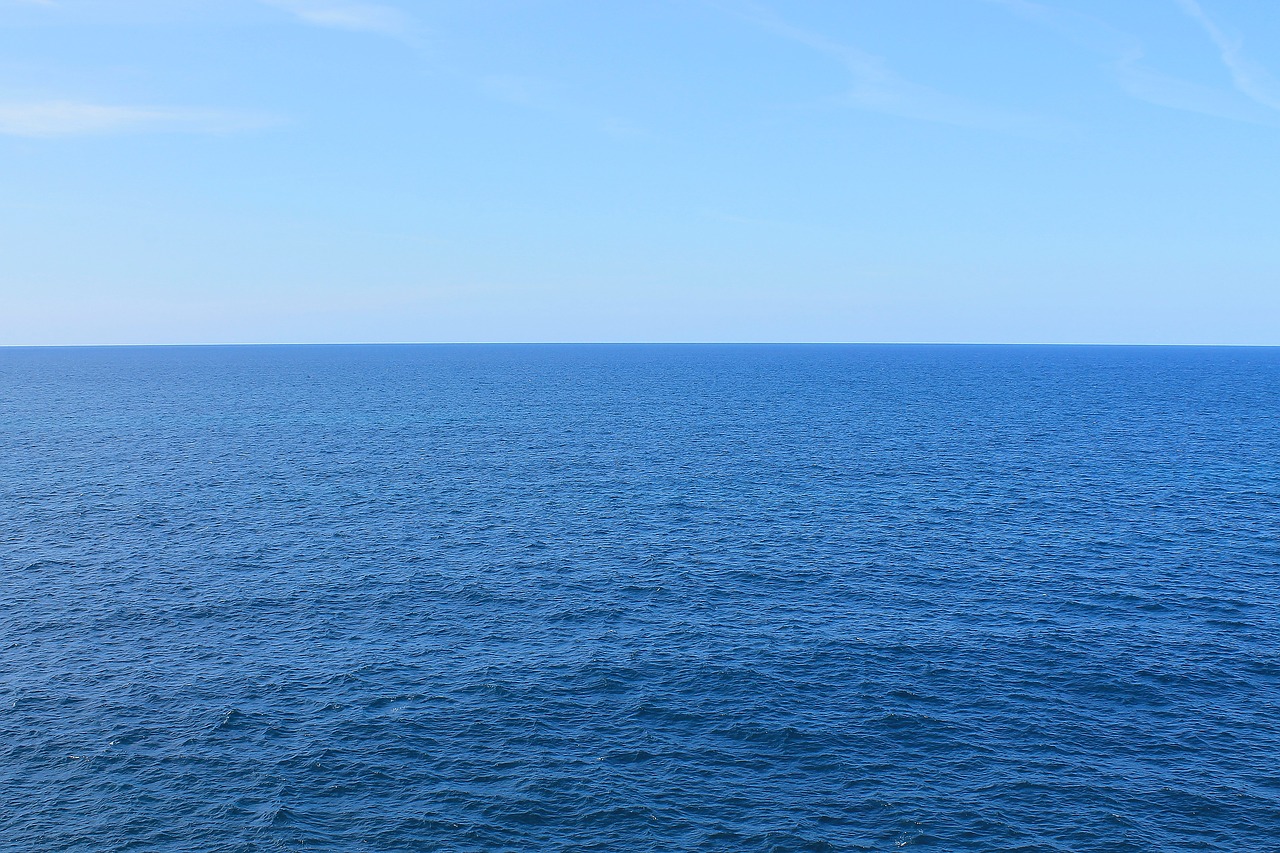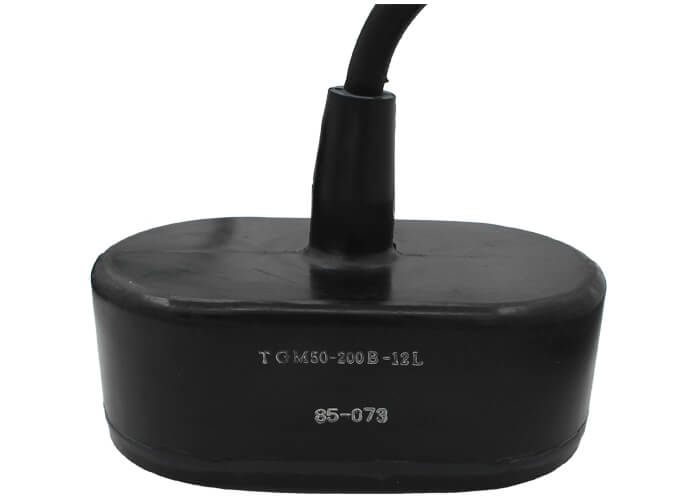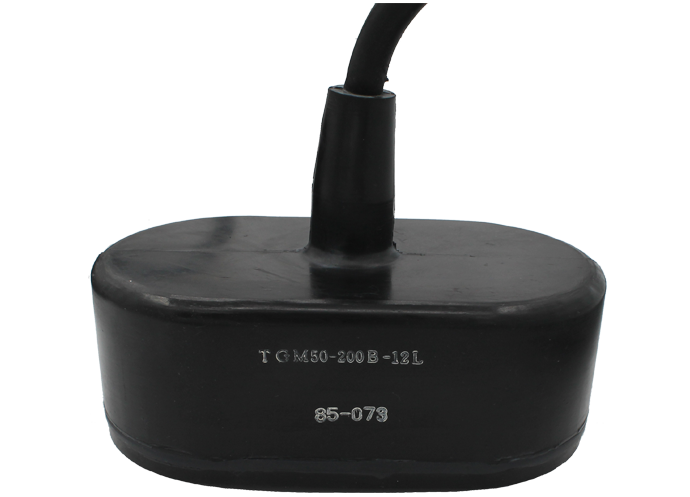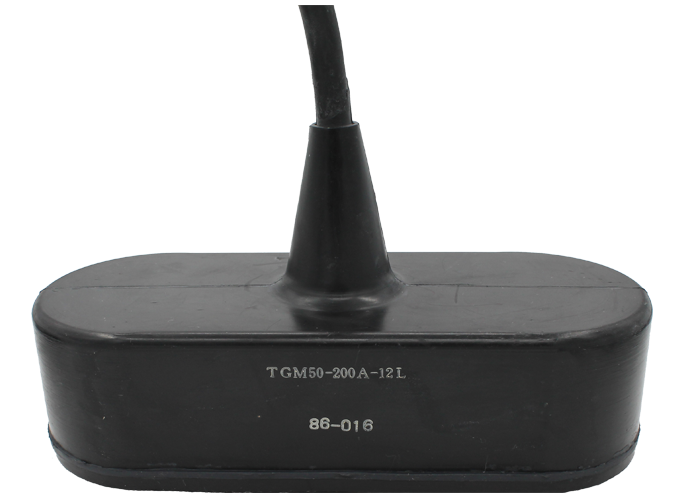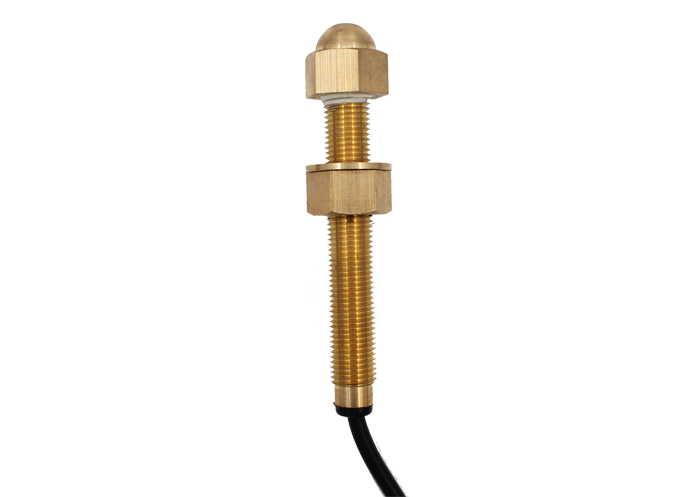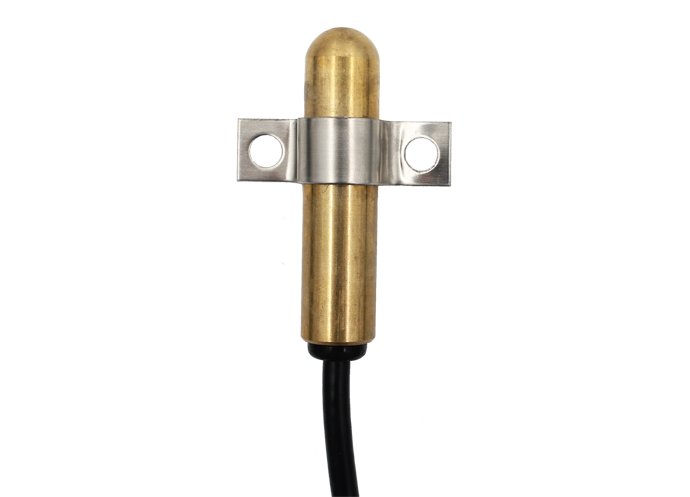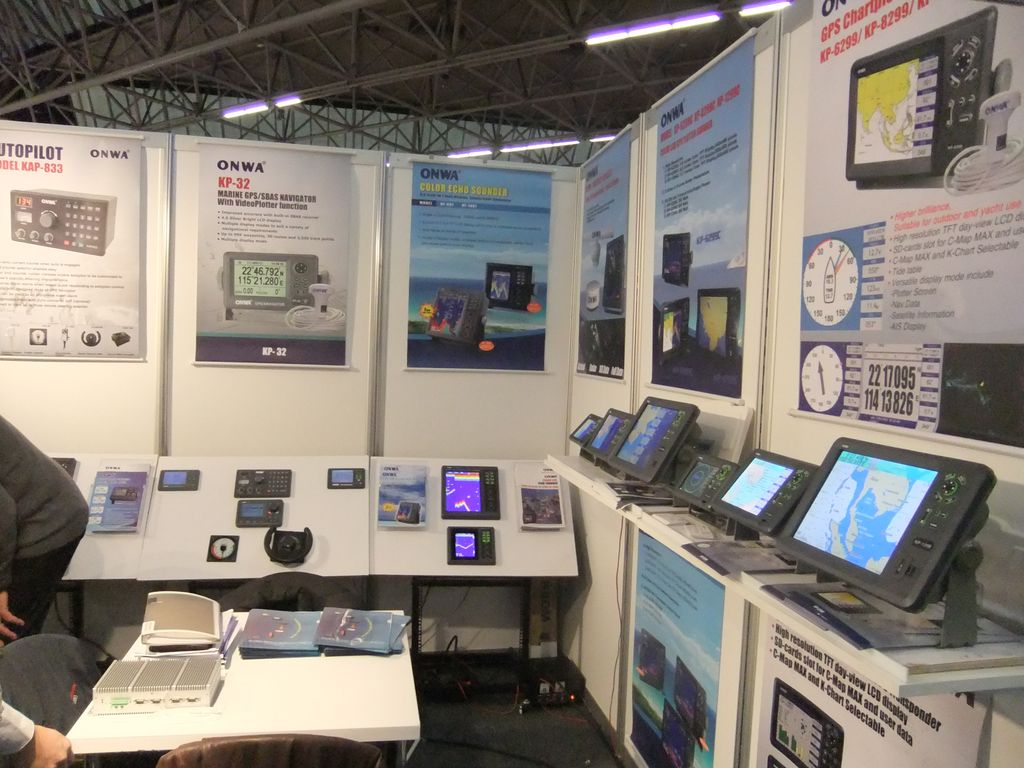What are Fish Finders?
Fish finders have become an indispensable asset for anglers and seafarers alike. By providing invaluable information about what’s lurking beneath the waves, fish finders significantly increase the likelihood of a successful catch, making each fishing expedition more productive and enjoyable.How Fish Finders Work: Sonar and GPS Technology
At the most fundamental level, fish finders for boats operate by using sonar (Sound Navigation and Ranging) technology. Sonar functions by sending sound waves into the water and recording the time taken and the strength of the waves when they bounce back. This helps construct an image of the underwater world, detecting both the depth and the presence of fish. Over time, GPS integration has added another layer of functionality to these devices, providing navigational capabilities alongside fish-finding features.Types of Fish Finders
Standalone Fish Finders
Standalone fish finders are the most basic type, mainly providing sonar capabilities. They are perfect for small boats and limited budgets.Combo Fish Finders
Combo fish finders, as the name suggests, combine the fish-finding capabilities of standalone units with GPS navigation. This allows them to serve dual functions, making way more efficient fishing expeditions.Network Systems
Network systems are the most advanced types of fish finders. They integrate GPS navigation, radar, video, and safety sensor input. These systems are generally found in large sea-faring vessels and offer multifunction displays.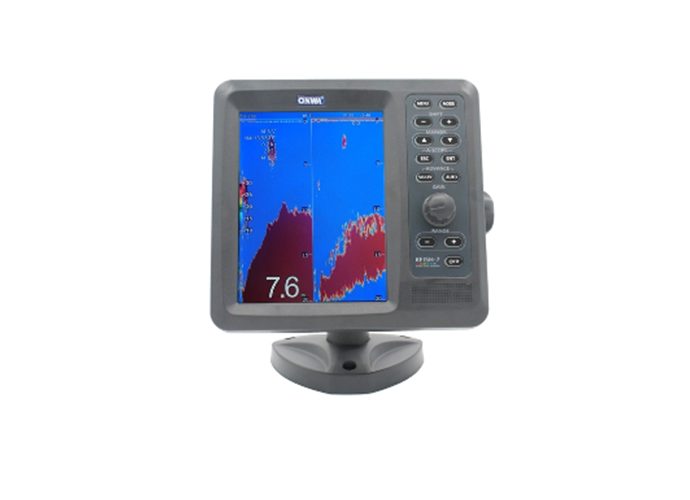
The Role of Key Technologies in Fish Finders
CHIRP Sonar
Compressed High-Intensity Radiated Pulse (CHIRP) sonar is one of the most revolutionary technologies in the field of fish finders. Unlike traditional sonar that emits a single frequency, CHIRP broadcasts a sweep of frequencies, providing more detailed information and superior target separation.Side Imaging and Down Imaging
Side Imaging and Down Imaging offer wider and more detailed views of the underwater environment. These technologies use thin, high-frequency beams to provide highly detailed, almost photographic images of the bottom structure and fish schools.GPS Mapping
GPS Mapping capabilities have added a significant navigation advantage to fish finders, allowing users to mark productive spots and navigate water bodies with precision. This feature is handy for returning to successful fishing locations.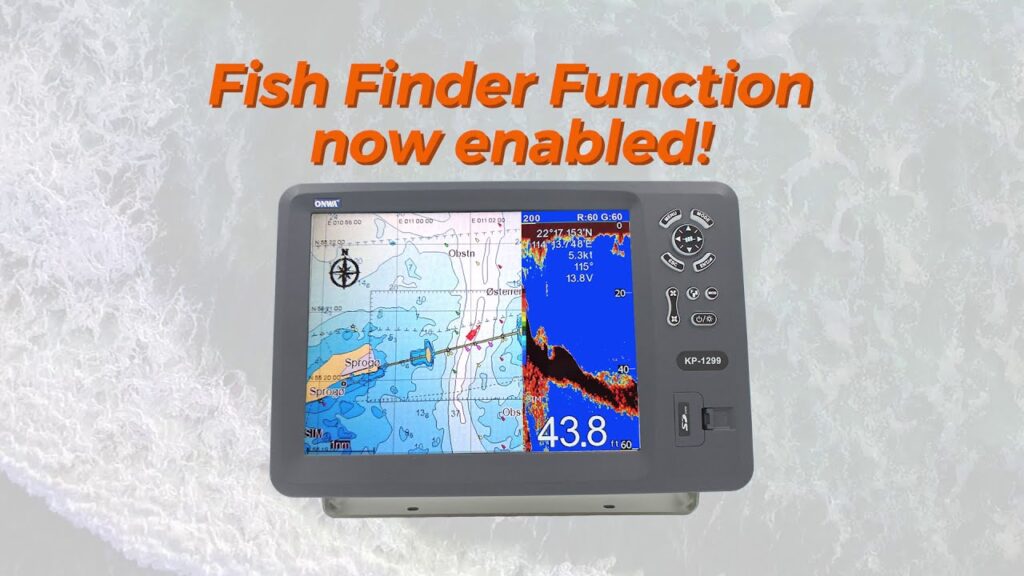
Fish Finders: From Basic Sonar to Advanced Imaging
Fish finders have come a long way from their early days of offering basic sonar readings. Modern fish finders have evolved significantly, incorporating advanced imaging technologies, GPS mapping, and smart features. From basic standalone units to sophisticated network systems, the evolution of fish finders has been driven by technological advancements and the changing needs of users.The Role of GPS, Mapping, and Smart Technologies in Modern Fish Finders
GPS, mapping, and smart technologies have been game-changers in the world of fish finders. GPS and mapping allow for precise navigational capabilities, while smart technologies have introduced features like Bluetooth connectivity and app integration, enhancing user convenience and functionality. These innovations have made modern fish finders more precise, user-friendly, and effective. Fish finders are advanced technology devices that have transformed and elevated the fishing experience over the years. As technology continues to progress and evolve, it is exciting to anticipate what the future will bring for these invaluable angling tools.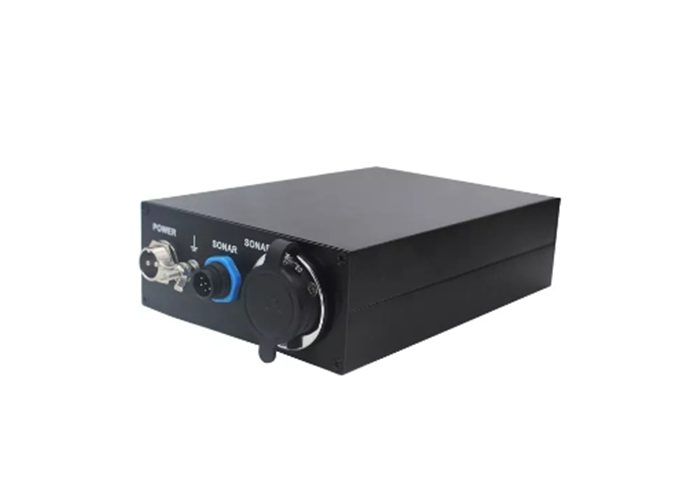
Fish Finders Features to Consider for Anglers
Choosing the right fish finders for sale involves understanding various crucial features that can make or break your fishing experience. From the clarity of the display to the device's portability, every aspect plays a significant role in how effectively you can locate and catch fish.Resolution and Screen Size
The resolution and screen size of fish finders are fundamental factors that directly impact the clarity and detail of the underwater imagery you receive. A higher resolution means a clearer picture, which is essential for distinguishing between fish, underwater structures, and other objects. Larger screens offer a broader view, making it easier to interpret data at a glance. When it comes to fish finders, opting for a device with a high-resolution display and a sizable screen can significantly enhance your ability to spot fish and underwater terrain.Sonar Capabilities
Sonar technology is the heart of fish finders, and understanding the differences between CHIRP, Side Imaging, and Down Imaging is critical for choosing a device that matches your fishing style and environment.CHIRP Sonar
CHIRP (Compressed High-Intensity Radiated Pulse) Sonar emits a continuous flow of frequencies, offering a more detailed and refined view of fish, structures, and the bottom. This technology greatly improves the fish finders' ability to distinguish between individual targets, even when they're closely grouped.Side Imaging and Down Imaging
Side Imaging provides a detailed view of the areas to the sides of your boat, while Down Imaging offers a clear picture of what's directly beneath you. These technologies give anglers superior detail and a broader scope of the underwater environment, making it easier to find fish hiding spots and navigate around underwater obstacles.GPS and Mapping
The integration of GPS and mapping capabilities in fish finders has been a game-changer for navigation and locating prime fishing spots. GPS functionality allows you to mark waypoints for underwater structures, schools of fish, or specific locations where you've had success. Mapping features can display detailed contours and depths of water bodies, enabling anglers to plan their routes and identify potential fishing areas efficiently. Fish finders with advanced GPS and mapping features are invaluable tools for anglers looking to optimize their fishing expeditions.Portability and Installation
For anglers using kayaks and small boats, the portability and ease of installation of fish finders are crucial considerations. Compact and lightweight models that can be easily mounted or removed offer flexibility and convenience for small vessel fishing. Wireless models and those with minimal wiring requirements simplify the setup process, allowing more time for fishing. Consider fish finders designed with portable use in mind, ensuring they can withstand the rigors of kayak and small boat fishing without compromising performance. When selecting fish finders, paying attention to these essential features can lead to a more productive and enjoyable fishing experience. Whether you prioritize screen resolution, advanced sonar capabilities, precise GPS and mapping functions, or portability and easy installation, there's a fish finder out there to meet your needs.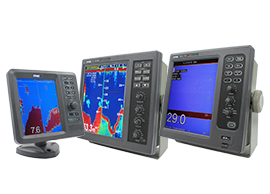
Best Fish Finders for Every Angler
Selecting the right best fish finders can significantly enhance your fishing experiences by helping you locate your target species efficiently, irrespective of the environment you choose to fish in. Whether it’s the calm waters of a lake, the vast expanse of the open sea, or the unique conditions presented by ice fishing, there's a fish finder optimally designed for each scenario. How to choose the best fish finders model based on specific fishing needs and locations.How to Choose
When determining which fish finders suit your angling pursuits best, it's essential to consider the environment and the nature of your fishing activities. Different models offer various features tailored to specific conditions, ensuring you get the most out of your device.Best for Kayaks
For kayak enthusiasts, space is a premium, and finding fish finders that are compact and easy to install can make a significant difference. The best fish finders for kayaks are those that combine portability with exceptional functionality. Look for models that offer wireless connectivity, reducing the hassle of wiring when space is limited. These devices should also be versatile enough to attach easily to any part of the kayak, ensuring they do not obstruct your paddling or fishing activities.Best for Deep Water
Anglers venturing into deep waters require fish finders with powerful sonar capabilities that can accurately scan and render the structures and movements in deeper marine environments. The best fish finders for deep water fishing are those equipped with high-depth capabilities, ensuring they can penetrate the water column and provide detailed, accurate readings of what lies beneath, even in the most challenging conditions. Such models often feature CHIRP sonar technology, offering a wide range of frequencies for the best picture of the underwater world.Best Ice Fish Finder
Ice fishing presents unique challenges, not least of which is the need to operate in freezing temperatures and through a layer of ice. The best ice fish finders are specialized devices that are built to function optimally in these conditions. These models boast features like ice transducers, which can accurately send and receive sonar signals through the ice, and bright, clear displays that can be easily read in low-temperature lighting conditions. Look for devices that also offer portability and long battery life, as mobility and power supply can be critical factors in the success of your ice fishing expedition.How to Choose the Right Fish Finders Model Based on Specific Fishing Needs and Locations
Choosing the right fish finders on sale involves understanding both your fishing style and the specific challenges of your preferred locations. Consider the following when making your selection:- Portability vs. Power: Kayak and ice fishing often require highly portable units, while deep-water fishing might prioritize powerful sonar capabilities.
- Frequency Needs: High-frequency sonar provides excellent detail for shallow waters, whereas low-frequency sonars are better for deeper water.
- GPS and Mapping: For anglers who frequent large lakes or coastal areas, models with integrated GPS and mapping capabilities can prove invaluable in marking hotspots and navigating.
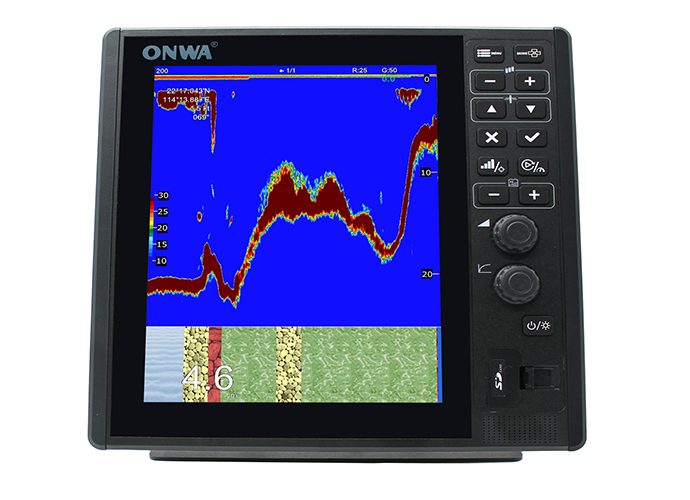
>>Click here view more
